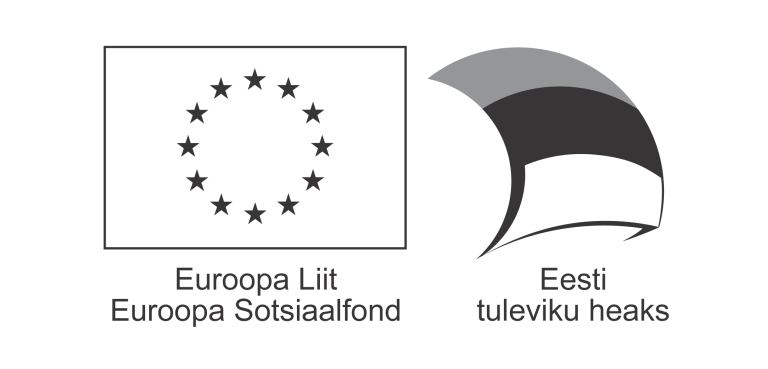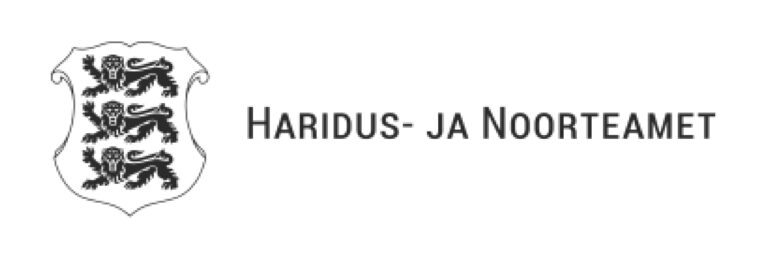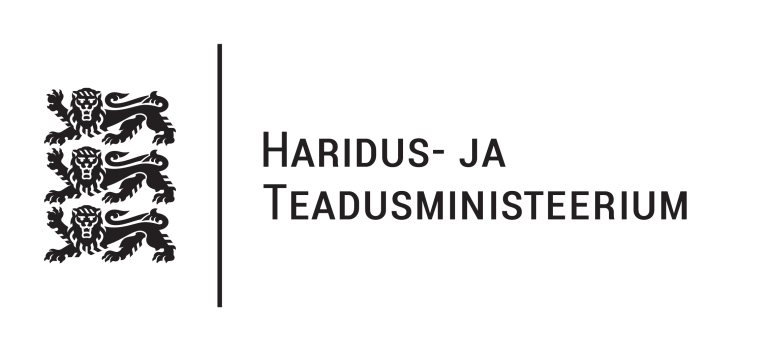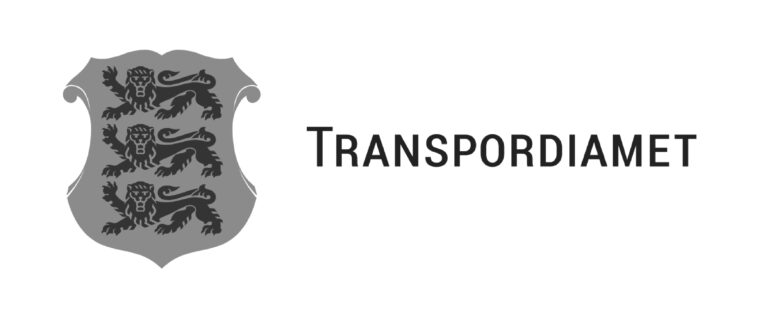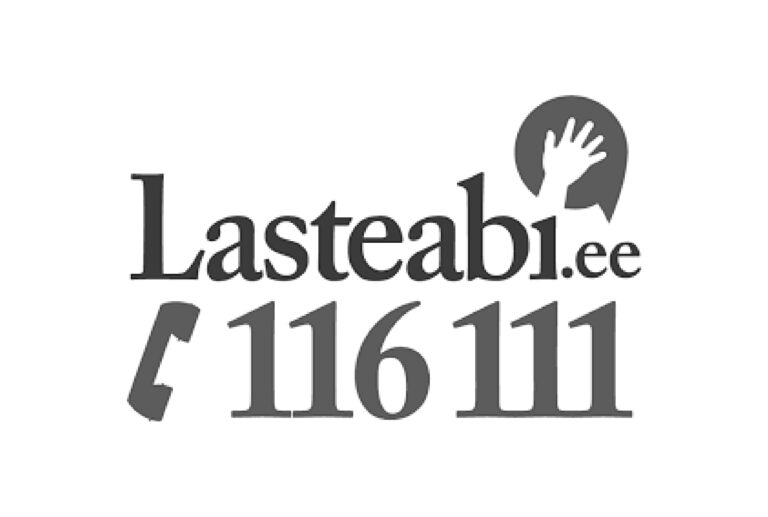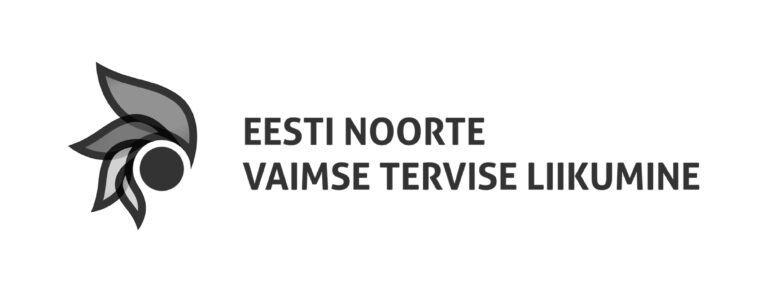Admission to higher education:
- You can apply to as many higher education institutions as you want. You can apply for two different programmes at the same higher education institution. It is important to ensure that entry exams to different schools and for different courses do not clash.
- The first step is to submit the necessary documents (secondary education certificate, exam results, application form, identity document, etc.) to the university; this can be done either electronically via the enrolment information system SAIS or at the higher education institution. The deadline for submitting applications is usually sometime in the second half of June. If the number of applications for any particular programme is lower than expected, the institution may organise an additional admissions procedure in August. Some higher education institutions also offer admission in January.
Entry exams:
- Entry exams usually follow submitting your documents. These take place 1-2 weeks after the submission of documents. Entry exams vary according to the discipline, e.g. test, essay, interview, professional work, etc. There are also disciplines where entry exams are not required, and admission depends on your national exams’ results. Details of which documents are needed for enrolment, as well as the entry requirements, are usually available on the school’s website. This varies by school. You can find a list of higher education institutions here.
- As a rule, higher education institutions will set standard entry requirements and those who exceed these will be accepted. For example, if the standard entry requirement for a discipline is 70 out of 100 points, then all those above 70 points will be accepted as students. In some cases, higher education institutions may set an upper limit for the number of students accepted. In such cases, the cap will be based on the number of students and a ranking will be established upon admission. For example, the top 30 applicants will be accepted for the course. Rank-based admission may be used where the number of students in a group is directly related to the capacity of the institution (e.g. restrictions on practical placements, classroom capacity, etc.). Specific entry requirements are decided by each establishment individually.
Choosing your study load:
- Students can choose to study full time (at least 75% of the specialisation curriculum is completed cumulatively) or part time (50 to 75% of the specialisation curriculum is completed cumulatively). Students can decide what their study load is going to be in the first semester. The workload is determined once a year and in the second year the workload depends on the student’s progress.
- Entry requirements for part-time and full-time students in the same programme are the same, i.e. there can be only one point of entry/ranking for each programme. There is no separate admission unless the curriculum is offered only part-time. If you intend to complete less than 50% of the curriculum in one semester then you can do so as an external student. An external student can participate in studies but does not have the rights and obligations of a student.
After the admissions tests:
- Some time after taking the admissions tests, you can check either via the information system SAIS or at the institution, how many of you passed the point of entry successfully and can progress to further study. You then need to confirm your enrolment at the school.
Prepared by the youth information portal Teeviit on the basis of Rajaleidja www.peaasi.ee.
Rajaleidja (English: Pathfinder) is a nationwide network providing free educational counselling to adults – parents, teachers, support officers and others – who support children in their education.
Published in the youth information portal Teeviit in 2021.

